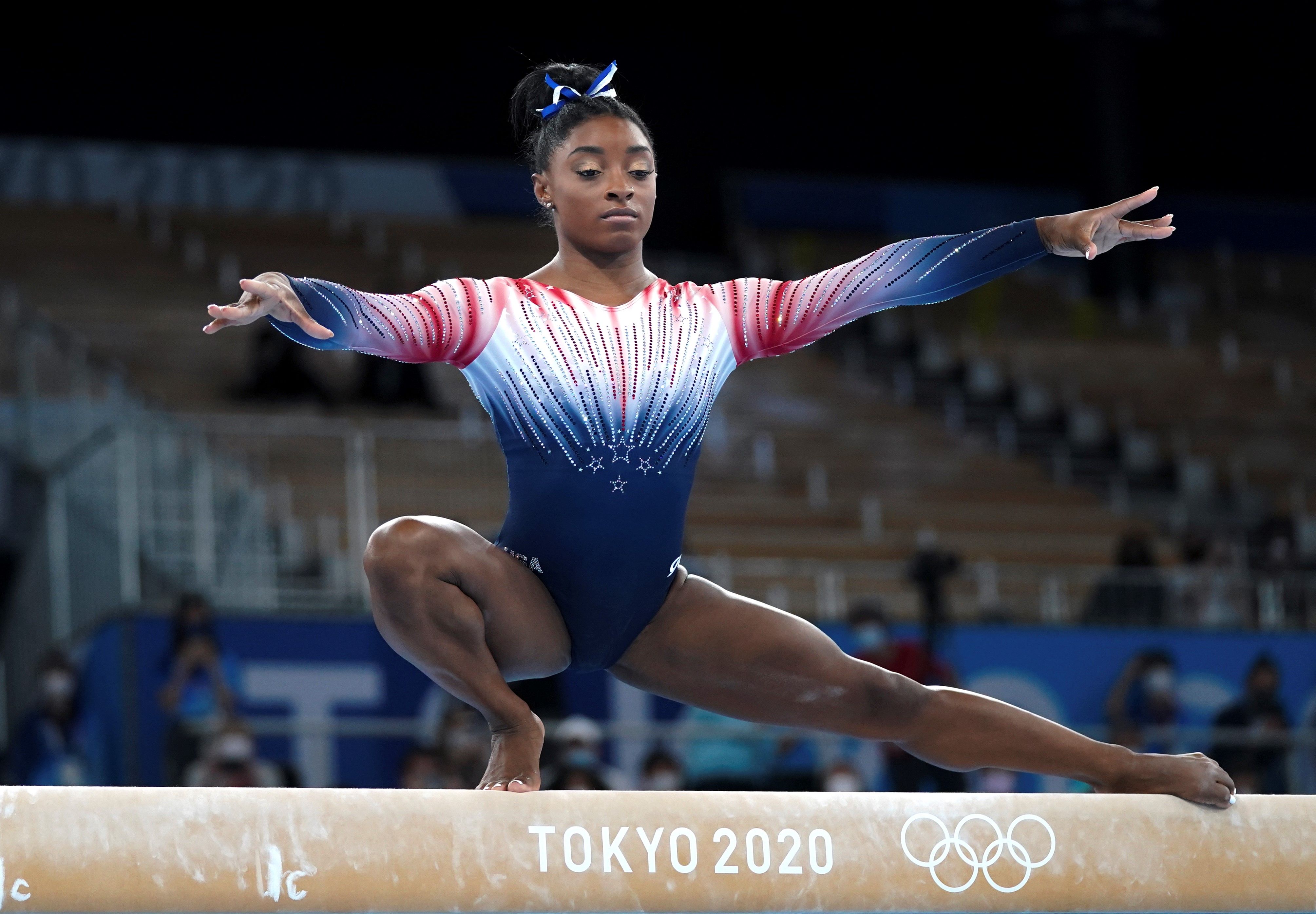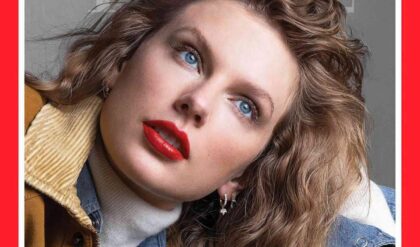The Stringent Rules of Gymnastics: Are They Doing More Harm Than Good?
Gymnastics is a sport that demands an extraordinary level of discipline, but the strict guidelines that athletes must follow, particularly around diet and appearance, may be contributing to serious issues, including eating disorders.
Competing at the highest level of gymnastics requires not just physical prowess but also an intense focus on dietary restrictions. Gymnasts burn an enormous amount of calories, so they must eat enough to maintain their energy levels.
However, they can’t just consume any type of food; their diet must be highly regulated. Protein is crucial, as seen in the case of Olympic champion Simone Biles, who begins her day with protein-dense waffles and fresh fruits to fuel her training sessions.
Lunch might consist of chicken and vegetables, while dinner could be fish and rice, all carefully selected to provide the necessary nutrients for her demanding regimen.
Yet, the pressure to adhere to such strict dietary guidelines can sometimes lead to unhealthy consequences. The tragic story of Christy Henrich, a gymnast who competed in the 1989 World Championships, highlights this risk.
Despite delivering a near-flawless routine, Henrich placed fourth and missed out on a medal, a disappointment that compounded her previous exclusion from the Olympic team. The pressure and perfectionism she faced led her down a path of severe eating disorders.
Tragically, she starved herself to death by age 22. Henrich’s case is not isolated; studies have shown that approximately 16% of professional gymnasts exhibit signs of disordered eating.
The stringent rules in gymnastics extend beyond diet. Appearance is also heavily regulated, with gymnasts judged on their grooming. Even a single hair out of place can result in a deduction of points, which is why Olympic athletes are often seen with tightly secured hairstyles.

While this rule has a practical aspect—loose hair can be a distraction—other appearance-related guidelines seem excessively strict. For example, gymnasts are not allowed to wear earrings, necklaces, or bracelets during competitions to prevent injuries, a rule that, while sensible, adds to the long list of restrictions they must follow.
Uniform regulations are another point of contention. Leotards worn by female gymnasts must meet specific design criteria: no narrow straps, no unlined lace, and no exposure beyond the shoulder blades.
These rules aim to maintain decorum, but they also contribute to the sexualization of female athletes. In contrast, male gymnasts have a looser, more comfortable dress code.
At the 2020 Tokyo Olympics, the German gymnastics team protested these norms by wearing unitards that covered their arms and legs, highlighting the double standard in uniform requirements.

The emotional toll of gymnastics is another concern. Gymnasts are expected to maintain a stoic demeanor at all times, even in the face of disappointment or frustration.
Expressing emotions can result in point deductions, adding yet another layer of pressure. While this rule aims to promote professionalism, it also suppresses normal human reactions, which can be harmful to athletes’ mental health.
On the flip side, some rules do serve a positive purpose. For instance, guidelines against bullying are crucial in maintaining a respectful and supportive environment for athletes.
These rules explicitly prohibit discrimination based on race, gender, religion, or disability, which is vital in a sport where athletes often feel isolated during competitions.
Despite the good intentions behind many of these regulations, one can’t help but question whether they are more harmful than beneficial. The uniform guidelines, while ensuring safety, can also unnecessarily sexualize female athletes.
The strict dietary restrictions, intended to optimize performance, can lead to severe eating disorders. And the expectation to suppress emotions might prevent bullying but also adds undue stress on athletes who are already under immense pressure.
As gymnastics continues to evolve, it might be time to reevaluate these rules. Are they truly helping athletes perform at their best, or are they contributing to a culture that prioritizes perfection at the cost of well-being? The stories of athletes like Christy Henrich remind us that while discipline is essential in sports, so too is the need for balance and compassion.





